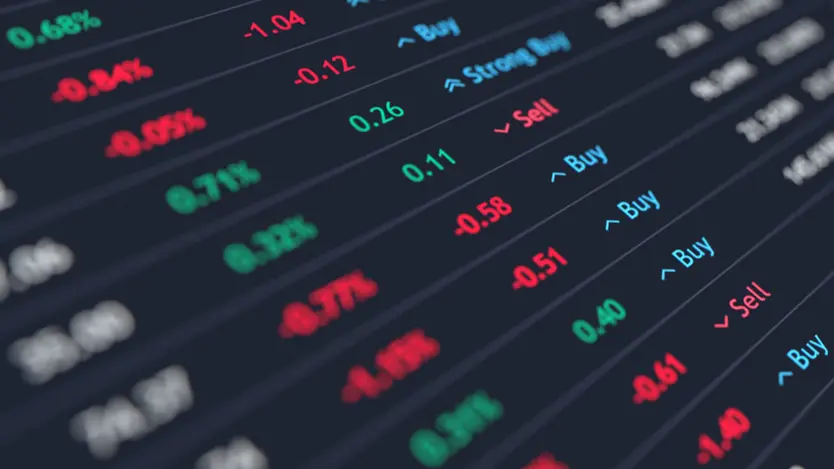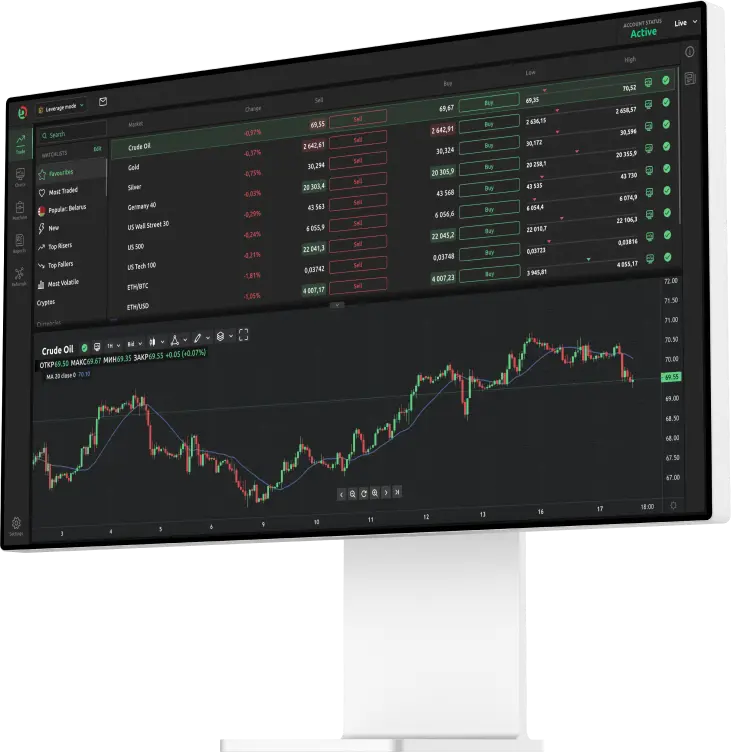The price a seller is ready to pay for assets such as stocks, bonds or foreign currency

An ask price indicates the lowest amount that an investor would be willing to sell a security for. When it comes to the stock market, this is normally expressed in the form of multiples – such as “$10.24 x 100” – as it indicates how many shares are available and what they will cost individually.
From the buyer’s perspective, you have what’s known as the bid price, and this is always lower than a seller’s ask. The divide between these two numbers is known as the bid-ask spread. Securities that are liquid, meaning they are traded frequently, usually have quite a narrow divide between a bid price and an ask price. This gap can expand substantially when illiquid securities are taken into account.
When combined, these prices give investors an accurate representation of what buyers and sellers should be paying for a security at that moment.
Let’s imagine that Lisa wants to sell shares in Coca-Cola. They have been trading at between $50 and $55 throughout the day, but Lisa has decided that she is unprepared to sell them for anything below $53.50. This becomes her ask price. She can use a “limit order” to ensure that her broker only sells her shares when someone is willing to pay this price, meaning that she won’t be out of pocket.
When it comes to foreign currencies, the difference between a bid and an ask can be miniscule. A broker may charge 107.75 Japanese yen for $1 as their ask price but would be willing to pay 107.70 as a bid price. The spread represents the broker’s potential to make a profit – and in retail settings especially, the difference can be substantial.

